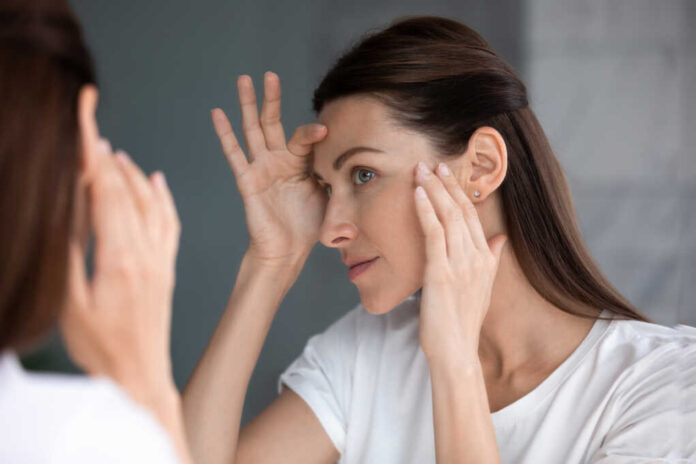
Your persistent skin troubles might be linked to daily habits you never considered, including the surprising way your cooking routine could be sabotaging your complexion.
At a Glance
- Touching your face with unwashed hands introduces bacteria and oils that cause breakouts
- Cooking without proper ventilation exposes skin to pore-clogging airborne grease
- Not cleansing after cooking allows oils to penetrate deeper into pores overnight
- Consistent skincare habits and lifestyle choices are crucial for maintaining clear skin
- Stress management, adequate sleep, and proper hydration significantly impact skin health
The Hidden Culprits Behind Persistent Skin Issues
Many people diligently follow skincare routines yet still struggle with persistent breakouts and uneven skin tone. The frustrating reality is that seemingly unrelated daily habits might be undermining your skin health efforts. One of the most common yet overlooked habits is frequently touching your face with unwashed hands. This simple action transfers oils, dirt, and bacteria directly onto your skin, potentially triggering inflammation and breakouts even if you’re using high-quality skincare products.
Another often-ignored factor is your cooking routine. Surprising research has revealed a direct connection between kitchen habits and skin problems. Dr. Helena Watson explains, “Most people don’t connect their kitchen routine to their skin, but exposure to cooking oils and airborne grease can clog pores and lead to stubborn breakouts.” These invisible particles settle on your skin, particularly around the jawline and forehead, creating a foundation for stubborn acne that won’t respond to typical treatments.
Kitchen Habits That Compromise Your Skin
The connection between cooking and skin problems remains largely unrecognized, yet it significantly impacts skin health. When you cook without proper ventilation, microscopic oil particles become airborne and settle on your skin and hair. This creates an invisible film of grease that can clog pores and trigger breakouts, particularly along the hairline, jawline, and forehead. For those who cook frequently, this constant exposure to airborne oils can create persistent skin issues that seem resistant to traditional skincare approaches.
To combat this issue, Dr. Watson recommends several practical solutions: always use your kitchen’s extractor fan when cooking, thoroughly cleanse your face and hairline after preparing meals, and change pillowcases once or twice weekly if you cook frequently. These simple adjustments can make a significant difference in preventing oil-related breakouts and supporting your existing skincare routine’s effectiveness.
Lifestyle Factors That Support Skin Health
Beyond avoiding harmful habits, actively cultivating positive routines significantly improves skin clarity. Sleep quality stands as perhaps the most undervalued skin health factor. During deep sleep, your skin engages in critical repair and renewal processes that cannot occur at other times. Aiming for a consistent eight hours nightly supports these natural rejuvenation mechanisms. Similarly, staying properly hydrated by consuming at least eight glasses of water daily helps flush toxins and maintains skin’s natural moisture balance.
Regular exercise improves circulation, helping deliver oxygen and nutrients to skin cells while facilitating toxin removal. Dietary choices also play a crucial role—focus on consuming colorful fruits and vegetables rich in antioxidants, along with omega-3 fatty acids from sources like flaxseeds and fatty fish. These nutrients provide the building blocks your skin needs to maintain its protective barrier and repair damage. Consistency in these habits proves more effective than occasional intensive treatments.
Building Sustainable Skin-Healthy Habits
Creating lasting habits requires both understanding and strategy. As James Clear notes, “You do not rise to the level of your goals, you fall to the level of your systems.” When establishing skin-healthy routines, start by making them obvious parts of your daily life—place your cleanser where you’ll see it before bed, or set a reminder to use the kitchen fan when cooking. Make these habits attractive by linking them to something you enjoy, like listening to a favorite podcast while doing your evening skincare routine.
Keep your new habits simple at first—a basic three-step skincare routine is more sustainable than an elaborate ten-step process. Finally, find ways to make these habits satisfying, perhaps by tracking your progress with photos or celebrating consistency milestones. Remember that skin responds best to consistent care rather than sporadic intensive treatments. By identifying and addressing these hidden habit saboteurs, you create the foundation for naturally clearer, healthier skin at any age.


















